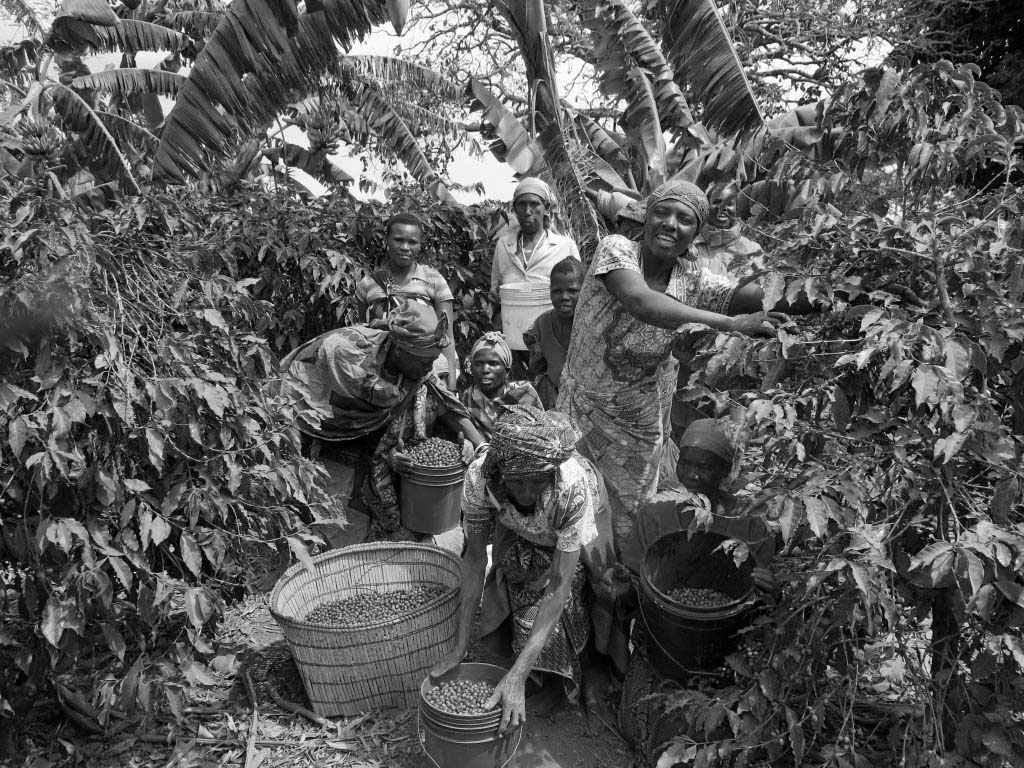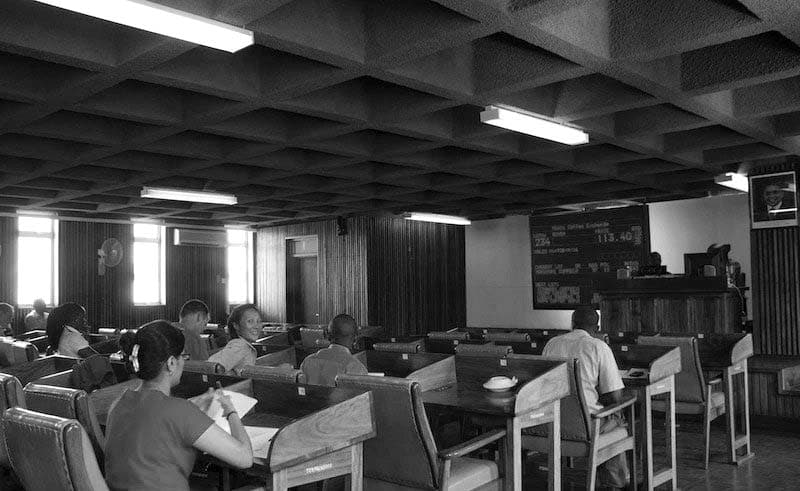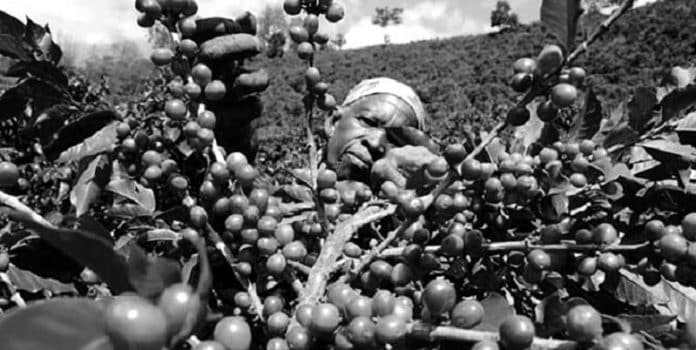Summary of the Tanzania Coffee Sector
First Cultivation
Catholic missionaries first introduced Tanzania coffee to Kilimanjaro region in 1898.
Types of Cultivated Plants
Kent and Bourbon
The Importance Economically

Up to 450,000 families grow coffee directly. The figure represents ninety percent of the total Tanzania coffee sector producers. Large corporate farms account for the remaining ten percent. Six percent (2.4 million) of the country’s estimated 40 million population make a living from growing coffee.
Regions Growing Coffee
Arabica coffee is grown on the slopes of Mt. Kilimanjaro and Mount Meru in the north under shady trees, a good place for this East African coffee, also in the Southern Highlands of Songwe, Mbeya, and Ruvuma, where coffee is grown together with bananas and some areas are of pure sand. Arabica coffee constitutes up to seventy percent of the country’s total production.
In the western part of Lake Victoria in the Kagera region, Robusta coffee is grown. This accounts for thirty percent of total Tanzania coffee sector production.
Tanzania Coffee Sector Growing Area
According to estimates, a total area of 265,000 hectares is used to grow both Robusta and Arabica.
Height
Arabica – 1,000 to 2,500 meters above sea level
Robusta – 800 to 900 meters above sea level.
Production in the Tanzania Coffee Sector
In the last five years (2004/05 – 2008/09), the average production is 51,777 tons of fresh Tanzania coffee.
Harvesting Time (Main Crop)
Northern: July – December
South: July – December
West: May – October
Basic Processing
Ninety-eight percent of Arabicas are wet-processed.
Dry Processing
Tanzania chose British naming systems for grading that is done according to form, size, and density. These grades include; B, E, F, AF, TT, PB, C, UG AA, A, and TEX
Sale of Tanzania Coffee

In Tanzania, there are a total of three markets for coffee:
1. Domestic market – Here, farmers sell at farm gate prices. Their buyers include private Tanzania coffee sector buyers, farmers’ groups, and cooperatives. Coffee is sold as parchment or cherry.
2. Auction – During the season (usually nine months), Tanzania coffee auctions are held weekly on Thursdays. At the auction, licensed sellers buy coffee from suppliers who can be individual Tanzania farmers, groups, corporations, or private buyers.
3.Direct shipping – High-quality growers in the Tanzania coffee sector are permitted to avoid the auction process and directly sell their coffee. By selling directly, farmers are able to form long-term relationships with multinational traders and roasters.
Cupping Profile
Coffees from the north tend to be fragrant, acidic and fleshy, sweet and delicious because of the mineral nourishments from volcanic sand.
Southern Coffee is characterized by a medium body, fine acids, and good fruit with a fragrant floral flavor.
Domestic Usage of Tanzania Coffee
Domestic consumption increased from two percent of total production in 2003 to seven percent this year.
Key Institutions
• Tanzania Coffee Board (TCB) – The industrial controller in all matters relating to coffee production and marketing
• Tanganyika Coffee Growers Association (TCGA) – Coffee Growers Association
• Tanzania Coffee Development Trust Fund (TCDF) – A body that manages stakeholders and resources for coffee development activities
• Tanzania Coffee Association (TCA) – A private association of coffee traders
• Tanzania Coffee Research Institute (TACRI) – A coffee research institute
For more Cash Crops in Tanzania articles click here!

































